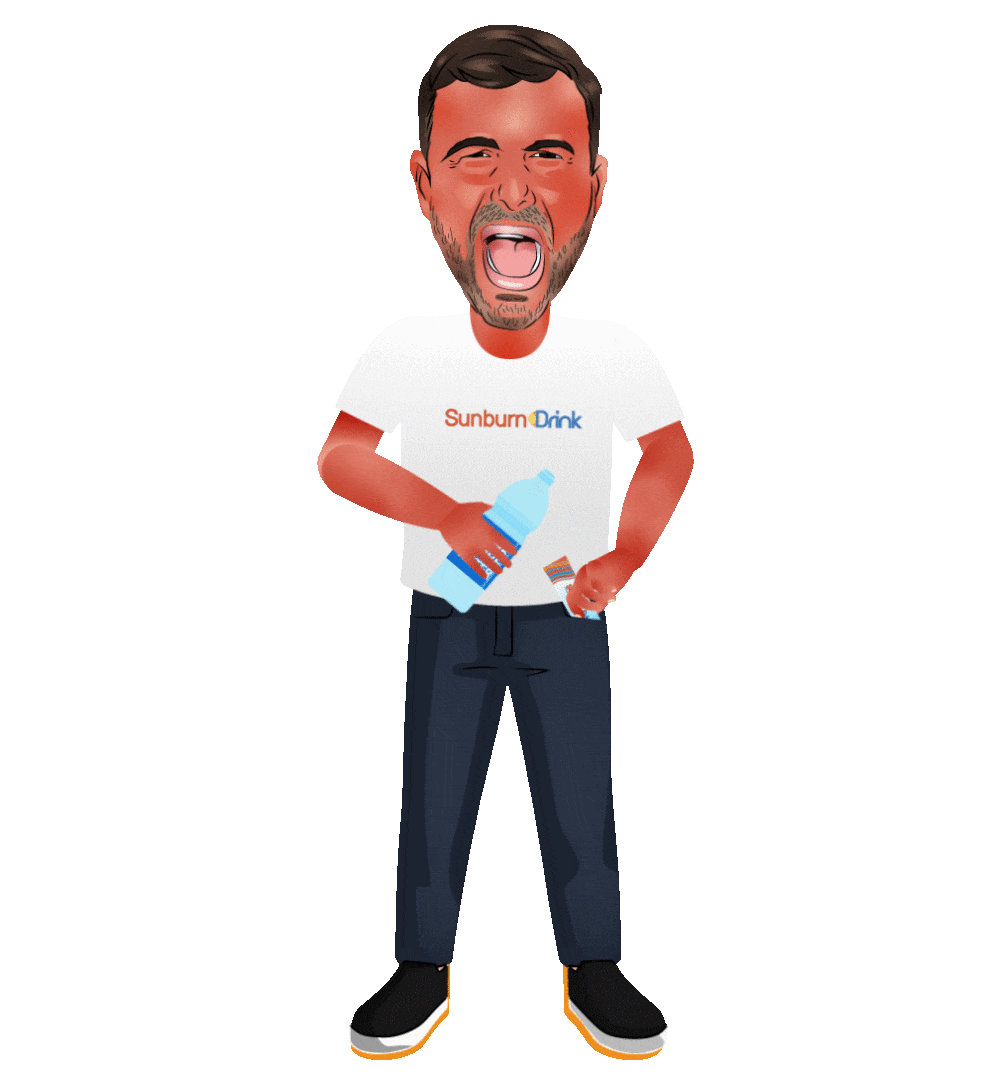Sunburn feels like something that happens when your skin gets burnt. A very common misconception is that sunburns are caused by heat. However, a sunburn is not simply the sun burning your skin with its heat, and it is caused by ultraviolet radiation. UV rays are present in the rays of the sun and are responsible for sunburn. In this article, we will explore what happens when you get sunburn.
How does your skin change when you suffer from a Sunburn
When you go out in the sun, your skin gets in contact with ultraviolet radiation. These UV rays damage your skin cells by causing genetic mutations in the DNA of your cells. The human body is equipped with many different mechanisms that work to correct and prevent such mutations. However, if your skin cells are faced with more exposure to UV rays than normal, the skin damage could go beyond repair, and your cells may die. Your blood vessels broaden to improve blood flow to the affected area and fetch immune cells that can clean up and repair the mess caused by sun damage. These mechanisms cause inflammation, swelling, and redness, all the symptoms associated with a sunburn. Even though a sunburn would eventually get healed on its own, some of the remaining cells could still have genetic mutations. These skin cells could turn cancerous.
Can you reverse the damage to your skin?
Many beauty products declare that they can stimulate cell repair to reverse sun damage. However, no research shows that using topical products such as skin care creams or lotions could reverse sun damage. However, many different ways are used so you can avoid sunburns and stay safe. Most of these methods are precautionary. However, if you do suffer from a sunburn, you need to treat it with extreme care.
Make sure that you stay protected from the sun using these tips
You need to follow the below safety tips to help you and your family in staying completely protected against the sun. These simple and easy-to-follow tips can even decrease your chances of suffering from any skin disorder caused by the sun, from skin cancers to sunburns, when used in the long term.
- Make sure that you use sunscreen that comprises a minimum SPF of 30. You need to also ensure that your sunscreen can provide you with broad-spectrum protection, is resistant to water, and stays on for a minimum of 3-4 hours after a single application.
- Use sunscreen for a minimum of 30 minutes before going into direct sunlight. Ensure that you avoid going outdoors when the sun is at its peak, that is, between the hours of 10 am and 2 pm.
- Whenever possible, look for shade if you need to go in the sun. You also need to wear light-colored protective clothing that can cover your arms and legs easily while also keeping you cool. Ensure that you use UV-protected sunglasses when you step out and wear hats to protect your face.
- Stay hydrated. You must carry a bottle of water or a refreshing and hydrating drink that can even protect you from sunburn, such as the Sunburn Drink, with you at all times whenever you step out.
Conclusion
When the sun comes in contact with your skin, it can damage your skin cells and induce mutations that could ultimately lead to different kinds of skin cancers, such as melanoma. Take precautions and ensure that you and your family stay completely hydrated. You need to drink plenty of water and Sunburn Drink, avoid going out into the sun during peak hours, and apply sunscreen to protect yourself from sunburn.

